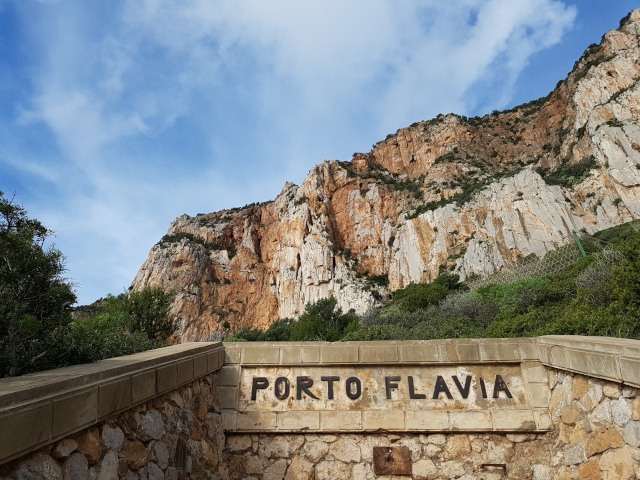Because my brain is a peculiar place, the following has been going on in it:
Though Dwarves are most often associated with hills and mountains, I don't see why they couldn't be sailors and farmers.
<snip>
Also, when my brain is in more sci-fi mode, I get the notion they could be Neanderthals since, from what I've read, their bodies would not be that dissimilar.
Any thoughts on this?
Why, yes!
In the current state of my evolving default setting for D&D, which is heavily influenced by JRR Tolkien's "matter of Middle-earth", there is a direct correspondence between Dwarves and the Neanderthals (
Homo neanderthalensis) of the real world.
Their story begins in the "time before time" when the Archfey of the element Earth, Smith-craft, etc. and the Archfey of Life and Living Creatures (greater gods, in D&D terms, who later became partners) made "music" together (i.e. blended their thoughts) which envisioned a flesh-and-blood people associated with the element Earth (the "Gnomes" of Paracelsus).
Billions of years after the created universe came into being at the beginning of time and the instigation of the Creator God, who revealed to the Hallows (a group that comprises the later Celestials, Fey, and Fiends) that the central drama of the universe would revolve around Men and Elves (
Homo sapiens), this people evolved from earlier forms on the planet Earth as the "Neandersovans" (possibly
Homo heidelbergensis), the common ancestors of Neanderthals and Denisovans. Around the same time (around 800.000 years ago), some of the Fey (those Hallows who took up residence in the Material Plane) identified the planet Earth as the primary location of the central drama and descended onto it to set the stage, as it were. The foremost of these was the Archfey of Fire and Necromancy (another greater god, in D&D terms) whose arrival can be correlated to the impact which created the tektites of the Australasian strewnfield around 788,000 years ago, and who claimed rulership of the planet and began to affect conditions on Earth that would cause adversity for many of the flesh-and-blood creatures who lived there, eventually driving the society of good Fey into exile in the Feywild by destroying their home on the Material Plane with a cataclysmic flood around 243,000 years ago.
In this context, the Archfey of the Earth element and Smith-craft, seeing that the coming Men and Elves, who did not yet exist on Earth, would suffer great adversity under the conditions imposed by the Archfey of the Fire element, began a secret undertaking to "craft/mold" a people hardy enough to withstand such adversity and, perhaps, to thereby bring about the long-awaited advent of Men and Elves. The Neandersovans were used as the basis of this "crafting", which was completed around 115,000 years ago, and the resulting people, the Dwarves, was placed in mountain locations from the Grampian Mountains in the west to the Judaean Mountains in the east, including, of course, the Alps, in the middle of their range, where they were firmly entrenched by the time of the arrival of the Elves (Cro-Magnons) into Europe before about 60,000 years ago.
While there's no evidence of Neanderthals practicing farming in the sense of cultivating and domesticating crops, they did gather and process a variety of plants and mushrooms and may have engaged in "pre-agricultural" practices such as tending wild stands of plants or intentionally spreading seeds to encourage growth, which would indicate a more complex level of plant management beyond simple gathering.
On the other hand, there's some evidence that suggests Neanderthals might have built and used boats in the form of stone tools found on the Greek islands of Lefkada, Kefalonia, and Zakynthos, as well as on Crete, which could otherwise only have been reached by swimming for miles. The fact the islands were reached could also indicate a knowledge of seafaring and navigation. Bones of deep-sea fish have also been found in coastal middens dating from periods of Neanderthal occupation, indicating they engaged in fishing that would have required boats. They likely used simple reed boats for this, but may have constructed dugout canoes for the purpose.
So probably not so much to the farming dwarves but yes to the seafaring dwarves, especially any who are living around the Aegean and Eastern Mediterranean.

